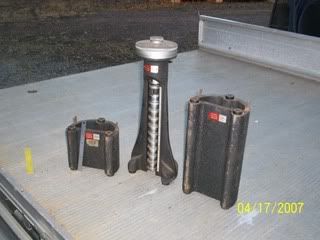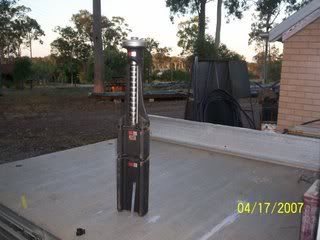Damien W
Stainless
- Joined
- Aug 3, 2006
- Location
- Brisbane, Queensland
Does modern machining technology still have a place for manual marking out processes using a layout table, angle blocks, height or surface gauges?
Does the CNC machining centre make such practices obsolete?
Many of the newer multi-axis machines claim single setup in nearly every situation?
This topic is just an excuse to regurgitate some of my old pictures stored on photobucket.


Like this lovely device. But is it just a comparitor? Can it be used for a direct measurement? What would the correct name of this device be?
Thanks in advance.
Does the CNC machining centre make such practices obsolete?
Many of the newer multi-axis machines claim single setup in nearly every situation?
This topic is just an excuse to regurgitate some of my old pictures stored on photobucket.


Like this lovely device. But is it just a comparitor? Can it be used for a direct measurement? What would the correct name of this device be?
Thanks in advance.

